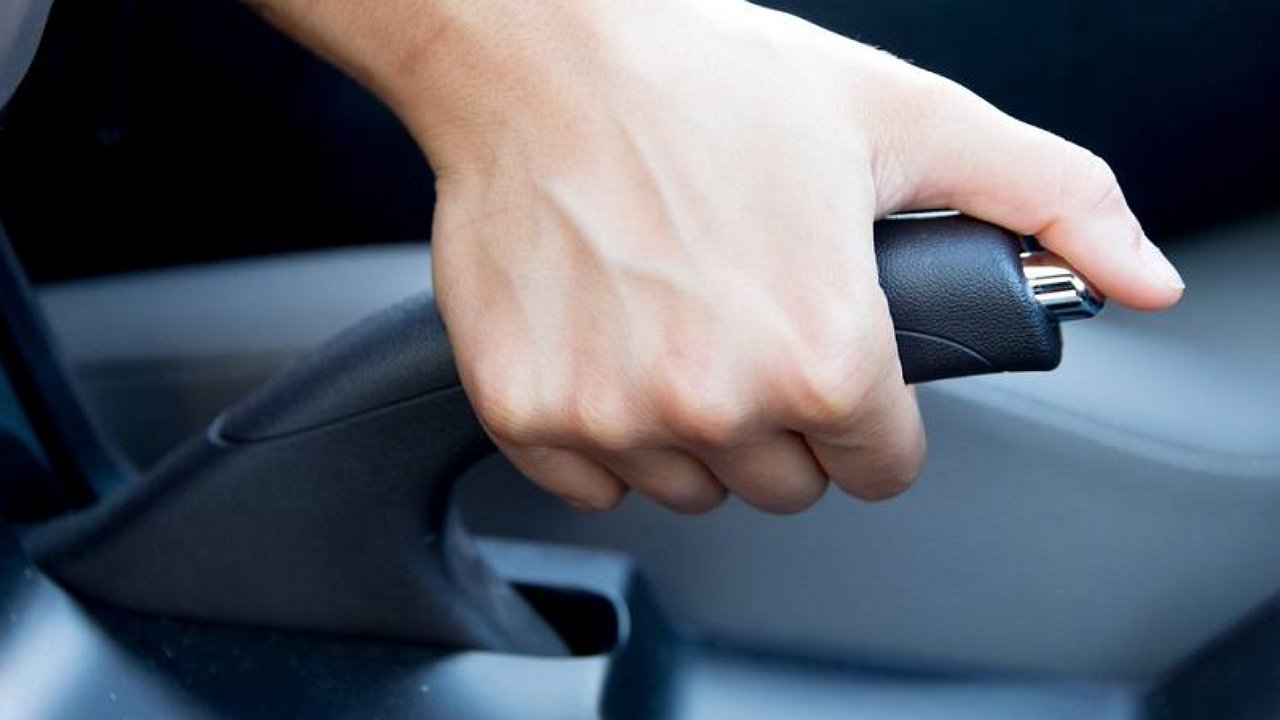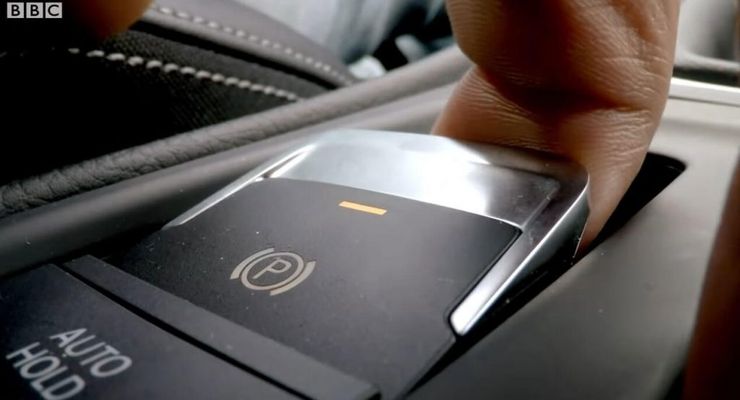Most car owners do not even suspect that the handbrake icon on the dashboard can not only indicate that this system is activated. The problem is that it flares up on its own, without any driver intervention.
The ‘exclamation mark’ on a car’s dashboard is familiar to anyone who has driven one. You pull up the mechanical handbrake lever or press the electronic button – it lights up. The only case when such an icon has the right to appear on the dashboard without driver intervention is when the Auto Hold system is activated in the car. It automatically applies the handbrake when the vehicle stops. Very useful in traffic jams, especially for cars with automatic transmission.
But when the “handbrake” flashes by itself in the absence of “autohold”, you should immediately find out the reason for what happened. This is a signal that something has gone wrong in the car’s braking system. The most harmless diagnosis is a short circuit in the “limit switch” sensor. If it works properly, we push up the parking brake lever and press it, the electrical circuit is closed – a corresponding warning will appear on the device. Approximately according to the same scheme, a false message appears about the operation of the handbrake and when the cable breaks.
In both cases described, the failure poses no immediate danger to the driver and passengers, as the rest of the braking system functions as expected. The problem is that much larger errors also occur. For example, a low brake fluid level in the reservoir.
It can leak due to a leak in a hose, a crack in the container itself or something else. So the first thing you should do if the “exclamation mark” suddenly lights up is to check the brake fluid level. It also happens that the float of the level sensor in the tank itself fails and sinks, causing a false alarm.
If the handbrake light is on but brake fluid is present, the problem is most likely electronic. For example, there is sometimes increased voltage in the electrical on-board network. If electricity works in such a mode for long enough, it can lead to physical burnout of certain elements, “malfunctions” of control units and other problems. In addition, the handbrake also comes on if there is a problem with the electronic brake force distribution system (EBD). How dangerous this is does not need to be explained even to a novice driver.
And finally, an inadequate parking brake alarm can occur if there is a problem with the engine control unit (ECU). The general conclusion from all of the above is simple: if your handbrake icon lights up abnormally or flashes periodically on the dashboard, immediately contact a car service center to locate and solve the problem. Under no circumstances should you postpone your visit.
The ‘exclamation mark’ on a car’s dashboard is familiar to anyone who has driven one. You pull up the mechanical handbrake lever or press the electronic button – it lights up. The only case when such an icon has the right to appear on the dashboard without driver intervention is when the Auto Hold system is activated in the car. It automatically applies the handbrake when the vehicle stops. Very useful in traffic jams, especially for cars with automatic transmission.
But when the “handbrake” flashes by itself in the absence of “autohold”, you should immediately find out the reason for what happened. This is a signal that something has gone wrong in the car’s braking system. The most harmless diagnosis is a short circuit in the “limit switch” sensor. If it works properly, we push up the parking brake lever and press it, the electrical circuit is closed – a corresponding warning will appear on the device. Approximately according to the same scheme, a false message appears about the operation of the handbrake and when the cable breaks.
In both cases described, the failure poses no immediate danger to the driver and passengers, as the rest of the braking system functions as expected. The problem is that much larger errors also occur. For example, a low brake fluid level in the reservoir.
It can leak due to a leak in a hose, a crack in the container itself or something else. So the first thing you should do if the “exclamation mark” suddenly lights up is to check the brake fluid level. It also happens that the float of the level sensor in the tank itself fails and sinks, causing a false alarm.
If the handbrake light is on but brake fluid is present, the problem is most likely electronic. For example, there is sometimes increased voltage in the electrical on-board network. If electricity works in such a mode for long enough, it can lead to physical burnout of certain elements, “malfunctions” of control units and other problems. In addition, the handbrake also comes on if there is a problem with the electronic brake force distribution system (EBD). How dangerous this is does not need to be explained even to a novice driver.
And finally, an inadequate parking brake alarm can occur if there is a problem with the engine control unit (ECU). The general conclusion from all of the above is simple: if your handbrake icon lights up abnormally or flashes periodically on the dashboard, immediately contact a car service center to locate and solve the problem. Under no circumstances should you postpone your visit.
Source: Avto Vzglyad
Donald Salinas is an experienced automobile journalist and writer for Div Bracket. He brings his readers the latest news and developments from the world of automobiles, offering a unique and knowledgeable perspective on the latest trends and innovations in the automotive industry.














